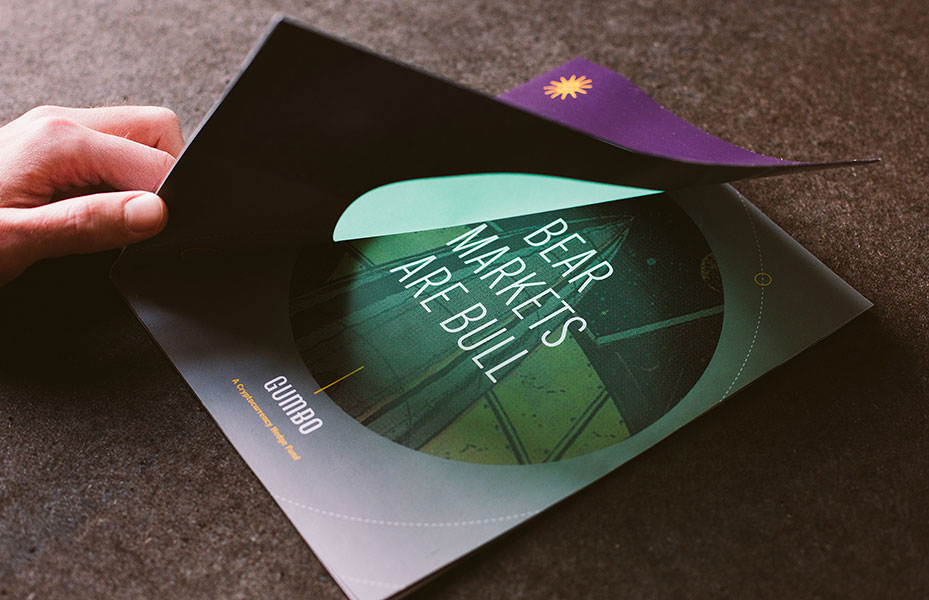
In a perfect world, the branding process would go something like this:
A client faces a brand challenge they don’t know how to solve. It could be anything from redefining their company to promoting a new product. So they turn to an agency for help.
The agency invests significant time understanding where the client wants to go and what’s getting in their way. Usually, that means a mix of one-on-one interviews and group workshops. The agency then surveys the broader industry—and talks to consumers about where the client’s brand does and doesn’t resonate.
Based on what they find, the agency outlines how their client’s brand needs to change to meet their goals. We’d call all of this the strategy phase of the project.
Once the strategy is set, the agency might design a logo, pen a tagline, launch an ad campaign, or build a website. But no matter what they create, the agency’s team has a clear picture of what they’re heading: the strategy phase paved the way.
But some clients are tempted to skip the strategy part.
So how does an agency develop a logo, write copy, make an ad, or create a website without strategy?
We’d argue that they don’t.
Because as soon as they present a headline that makes one point instead of another, they’ve made a strategic decision. Same goes for a logo that reflects one characteristic, an ad that promotes one benefit, or a site that leads users through one flow. There are hundreds of these decisions that go into building a brand, and each one is a strategic choice.
How’s this look in practice?
It’s one thing to talk about hypothetical “clients” and “agencies.” Here’s how the strategy phase informed our work with a real client just a few months ago.
Gumbo is a cryptocurrency hedge fund, and they came to us as a startup in need of a brand identity.
If we had skipped the strategy phase, Gumbo might have looked and sounded like any other crypto fund out there. Super clean and techy, with similar messages and visual cues.
But after talking with Gumbo’s founders and investors, we saw a genuine contrast between Gumbo’s philosophy and the status quo. Instead of swinging for the fences with high-risk, high-reward cryptocurrencies, Gumbo was buying and selling a few stable cryptos to make consistent profits in bitcoin. Then, over the long term, those consistent profits grow in dollar value.
Gumbo was the maverick—an option for the bold few who weren’t afraid to venture beyond conventional wisdom.
In this case, the strategy phase led to visuals of cowboys and aliens from vintage comics, headlines like “Bear markets are bull,” and a logo that, depending on how you look at it, is a star or a spur. From Gumbo’s tone of voice to its visual language, it became a brand for renegade investors seeking their next frontier.




Without a strategy phase, we still would have chosen visuals, written headlines, and designed a logo. But what are the odds they would have aligned to deliver such an effective brand?
Strategic decisions are unavoidable.
For clients and agencies, the question is never, “Does this project involve strategy?” The only question is, “Are we going to make deliberate and informed strategic decisions?” Because either way, those decisions have to be made.
So while it might seem more expedient to skip the formal strategy phase, you’ll just be kicking the can down the road. And when you catch up to it, you’ll still have to make those choices. You just won’t have a unified strategy to serve as your guide.
